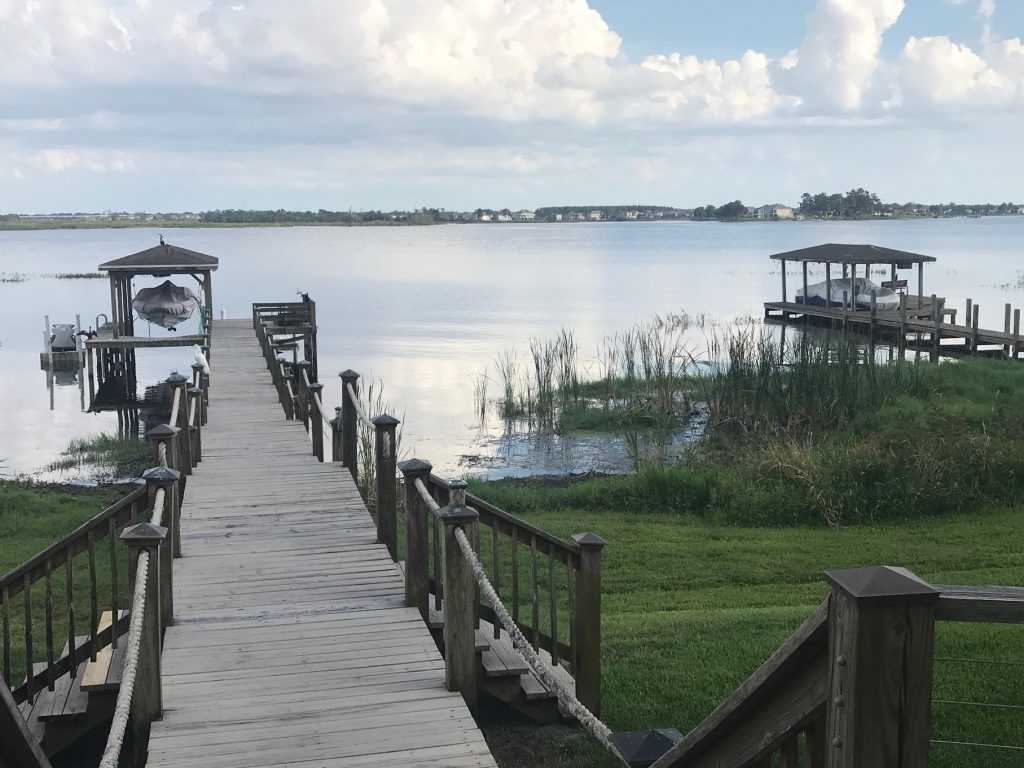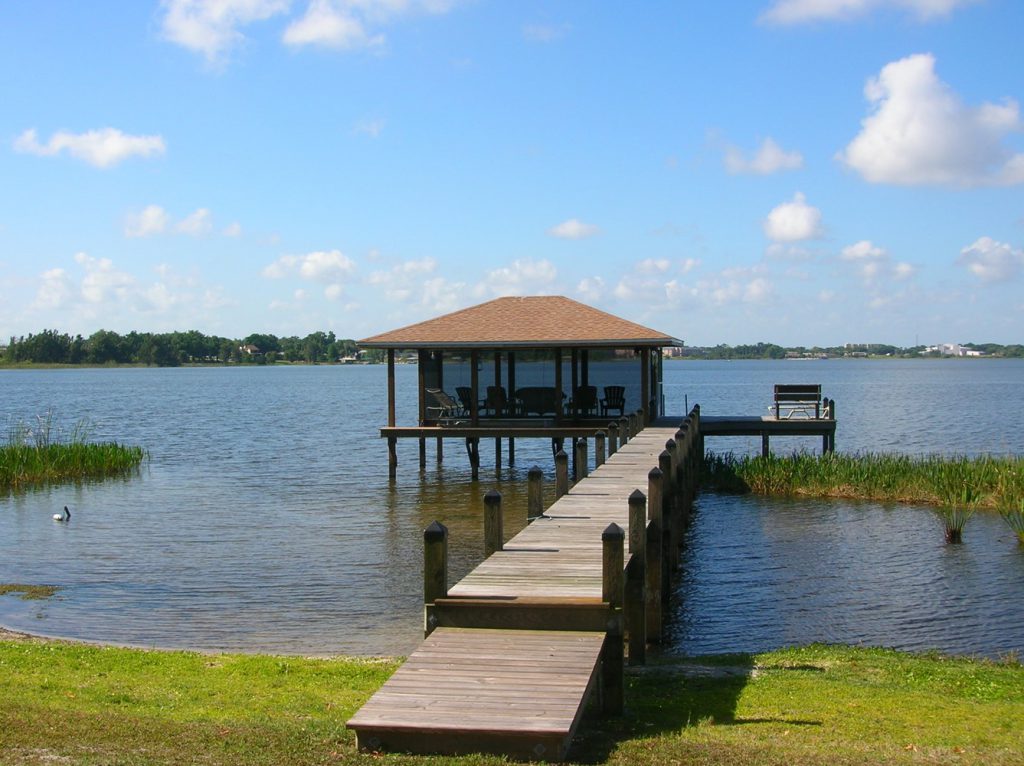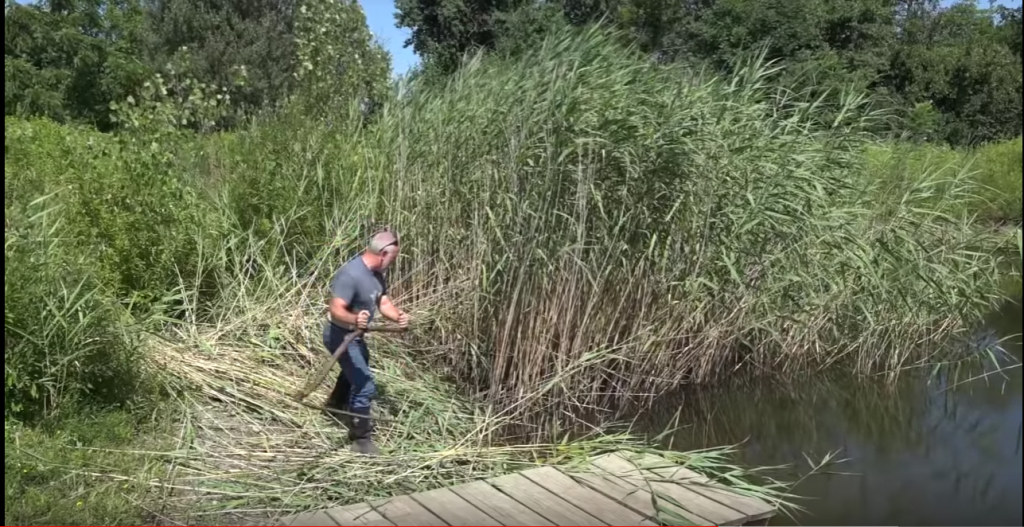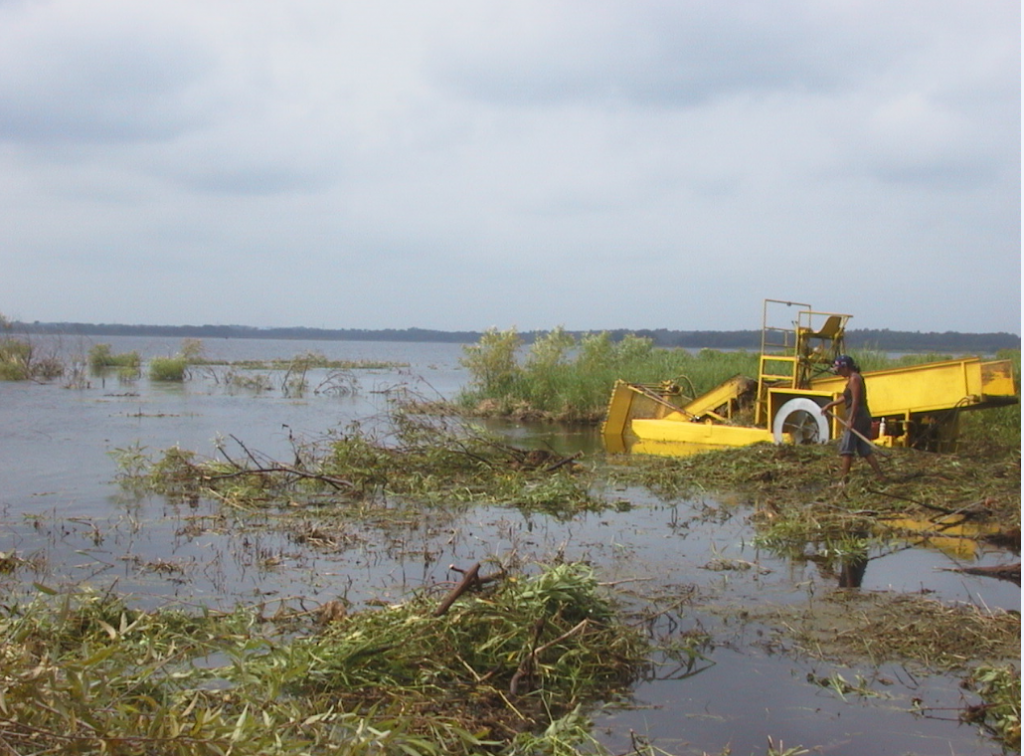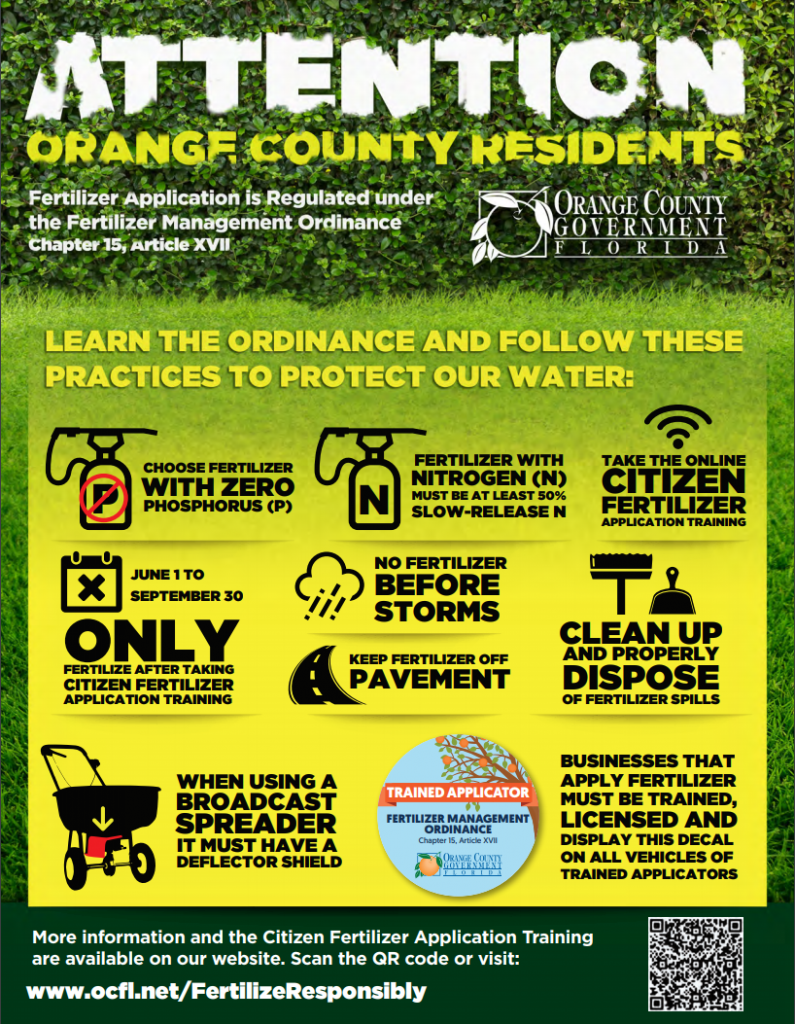August 15, 2021
Save the date for the 2021 Johns Lake Holiday Boat Parade
John Schmidt
December 12, 2021
Don’t miss the fun this year as we celebrate our 21st annual holiday boat parade!
Last year we had a record forty-four (44) boats participate in the parade and many, many enthusiastic parade watchers along the shores of Johns Lake. It was a great night for all and with your help, we’re ready to make it even bigger and better this year! A big thank you to Tommy’s Florida who was our sponsor for prizes last year! This year we are looking for additional sponsors. Please contact Karen Quill at kquill@cfl.rr.com if you wish to become a sponsor.
We will publish more details on our website (see below) and Facebook Page (see below). We will include both the parade route as well as how you can register your boat to win prizes. Please keep an eye out for more information coming soon!
Facebook: @johnslakeimprovementassociation
See you on the water!!!


